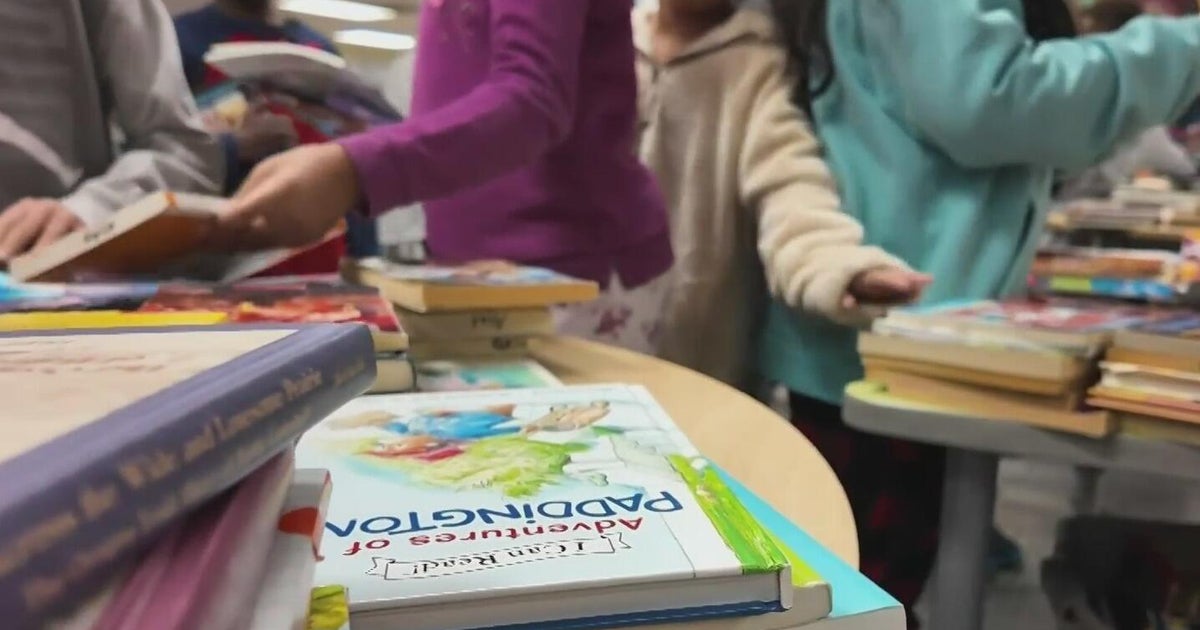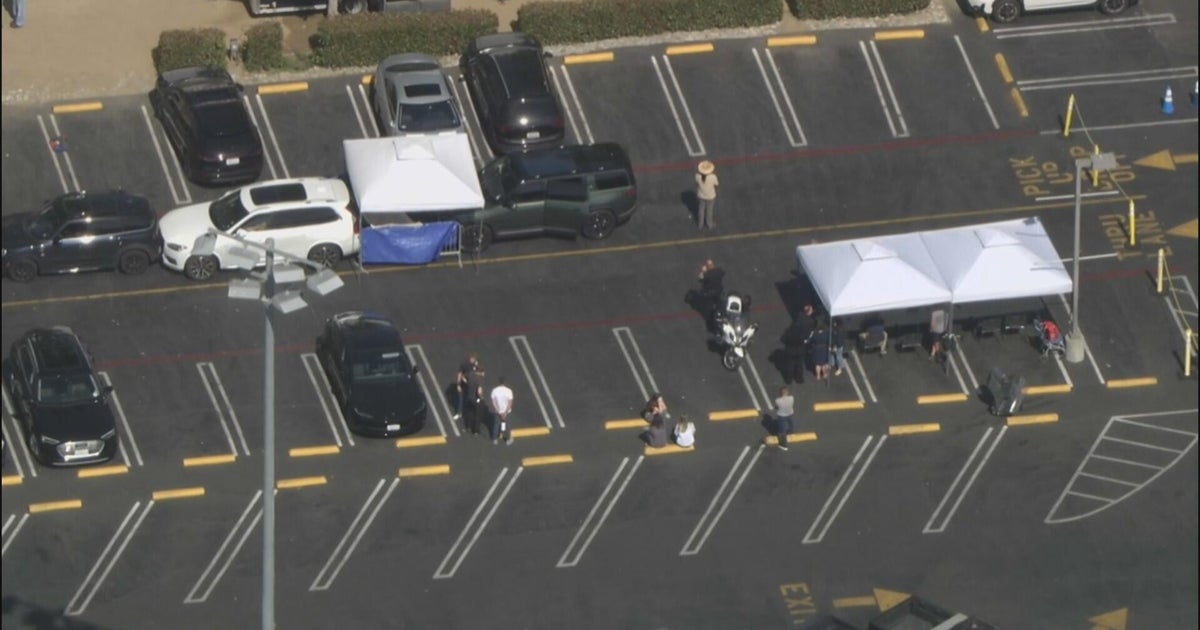How Cascade Reading changes how we see the written word
WEBSTER, Wis. — The way we view the printed word hasn't changed since the Middle Ages. It's always been a left justified wall of text, filling a page.
A Twin Cities start-up is changing that in an effort to make reading easier for everyone.
Fourth and fifth grade students in Webster, Wisconsin are reading in a whole new way.
"It looks like a tiny little list that goes down," said Tanner Derosier, a 4th grader at Webster Elementary School.
"Cascade is pretty much diagonal and the words are more spaced out," said Isabela Ward, a 5th grader at Webster Middle School.
Cascade Reading co-founders Mark Lacek & Michael Gorman say it's a new solution to an age-old problem: reading comprehension.
MORE: Meet St. Paul's Sarah Schuler, one of the world's fastest puzzlers
"We all can remember as kids, that we had to diagram sentences. What we do through Cascade is we do that automatically for you," said Mark Lacek, co-founder of Cascade Reading.
"How words are organized is syntax, and what Cascade is doing is making syntax visible and useful for the reader in a way that helps them understand how words are organized and how they relate to one another," said Michael Gorman, co-founder of Cascade Reading.
The two demonstrated how Cascade provides visual cues for language and memory with a famously long sentence: the preamble to the Constitution.
"What's essentially going on is, we the people do ordain and establish this Constitution with all these important things that inform what took place there," explained Gorman.
The patented text format is built on science from PhD's in linguistics combined with natural language processing technology.
It comes as Wisconsin and Minnesota students' reading scores — like many across the country — continue to drop.
In 2022, only 33% of students in Wisconsin performed at or above the National Assessment of Education Progress's proficient level. In Minnesota, it's 32%, same as the national average.
"I had always hoped our school would be a learning laboratory," said Jenny Keats, a retired principal of the Wauwatosa School District.
Two years ago -- after returning from COVID -- 4th and 5th graders at Keats' school in Wauwatosa were part of the first 13-week study of Cascade.
"The outcome was that the vast majority of them, did feel, those students felt that did help them improve their reading. Students also felt much more confident about themselves as readers and I think that's everything," said Keats.
Administrators and teachers in Webster are hoping for similar results in fluency and comprehension using Cascade. They are about four weeks into the program and already seeing promising signs.
"When it's cascaded, the kids seem to look at it and for some reason, it seems shorter to them because it's not chunked and blocked together. It looks less daunting," said Ashley Nagel, Principal or Webster Elementary School.
"I feel like you can understand more, and you can read it faster," said Duke Dorn, a 5th grader at Webster Middle School.
"If we can give them little ways to a have a little success each day, it's amazing what they can do. They can start seeing reading not as a difficult task but seeing it more as an adventure," said Rachel Derosier, Reading & ELA Teacher at Webster Elementary School.
Lacek & Gorman say additional research into Cascade Reading shows enhanced reading comprehension among adults and those learning English for the first time.
"While we're focused a lot on challenged readers and the kids that are learning to read, this really is a positive impact regardless of what your reading capabilities are," said Lacek.
To that end, they've developed a suite of products including a Chrome browser plug-in that allows the user to cascade any text on the internet.
"We think the earlier someone starts to understand that core structure, the better they'll be with reading with writing. We're excited to see how early and how broadly we can deploy this to help people with mastering the language," said Gorman.








